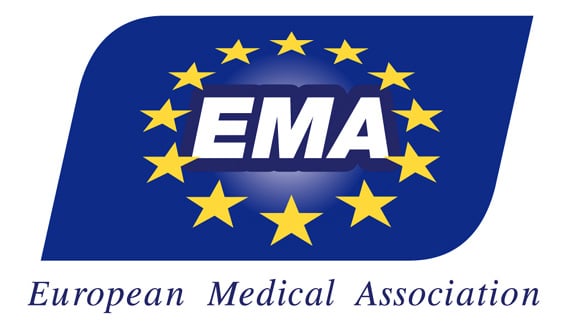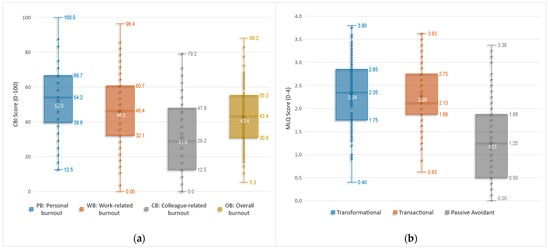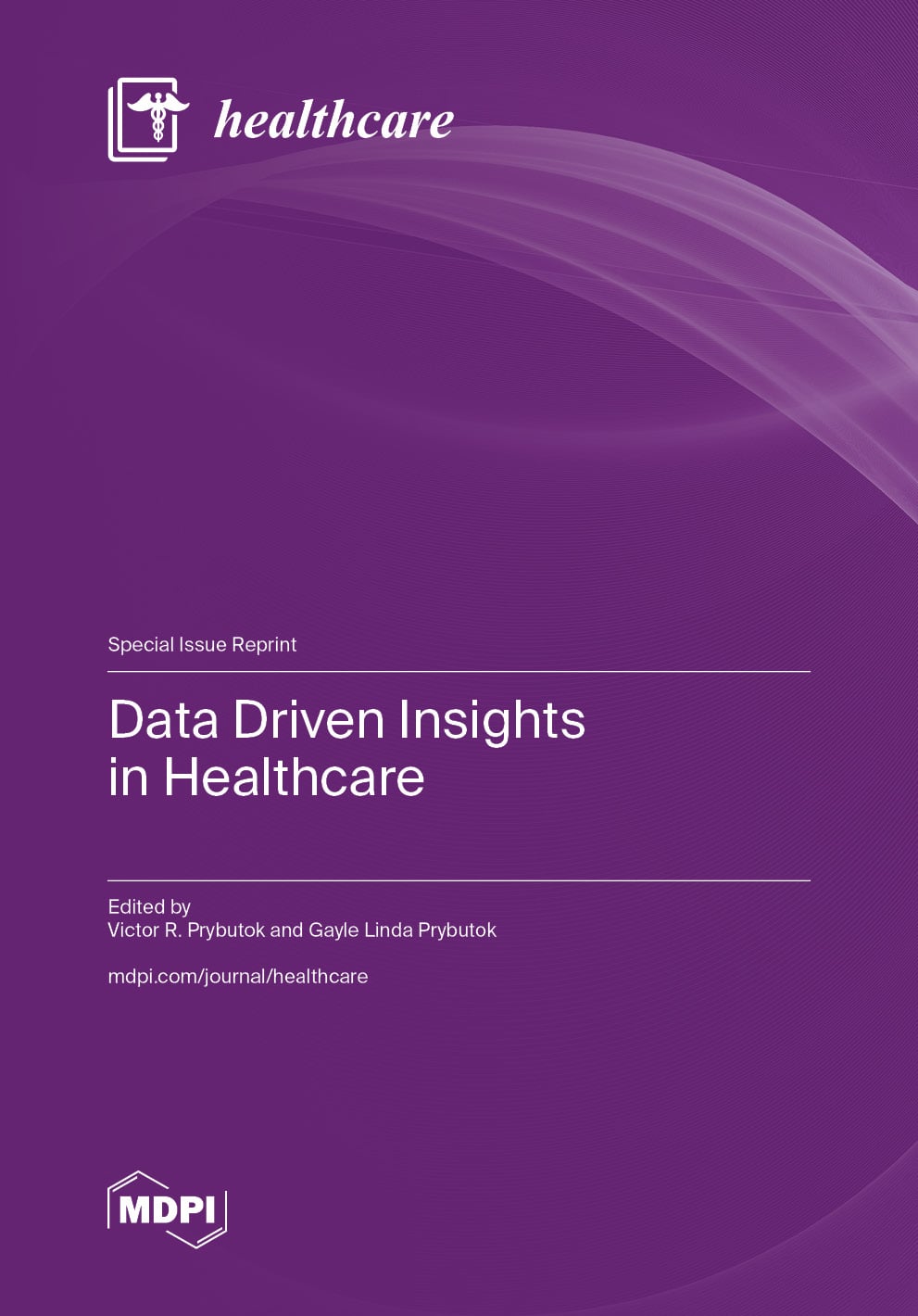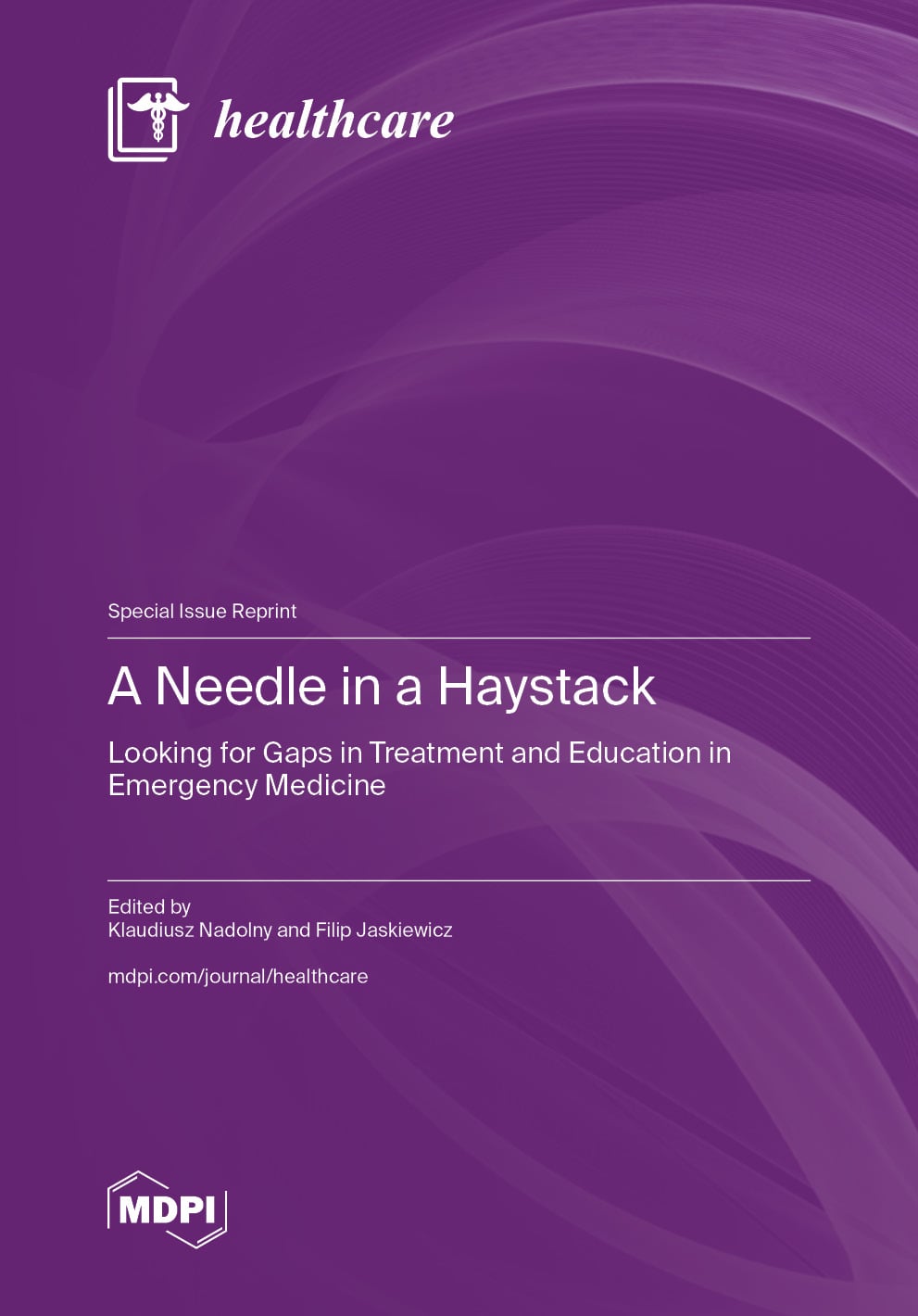- Article
Leadership and Burnout in Anatomic Pathology Laboratories: Findings from Greece’s Attica Region
- Angeliki Flokou,
- Sofia Pappa and
- Vassilis Aletras
- + 1 author
Background: Anatomic pathology laboratories operate under conditions requiring high precision, strict documentation, biosafety protocols, and tight turnaround times. Evidence from Greece is limited, and joint assessment of burnout and leadership in this setting is rare. Objective: The aim of this study was to estimate burnout levels among anatomic pathology personnel in Attica and examine their association with perceived leadership style. Methods: A cross-sectional survey of public and private laboratories was carried out. The questionnaire included demographics and work characteristics, the Copenhagen Burnout Inventory (CBI), and the Multifactor Leadership Questionnaire Form 5X (MLQ-5X). Results: Burnout levels were moderate to low overall, with personal burnout highest, work-related intermediate, and colleague-related lowest. Women and employment type were associated with personal burnout (p < 0.05). Passive/avoidant leadership (including management by exception–passive and laissez-faire) showed positive associations with burnout, whereas transformational leadership and favorable leadership outcomes—particularly, perceived effectiveness and satisfaction with the leader—were inversely associated; transactional leadership followed the same direction but less robustly (p < 0.05 where supported). Conclusions: Burnout among anatomic pathology personnel in Attica is non-trivial and varies across domains. Leadership dimensions display differential links with burnout, indicating potentially modifiable organizational targets for intervention. Significance: To our knowledge, this is the first study in Greece and among the first in Europe to jointly apply CBI and MLQ-5X in anatomic pathology laboratories, offering practical evidence to inform leadership-oriented interventions.
27 December 2025







